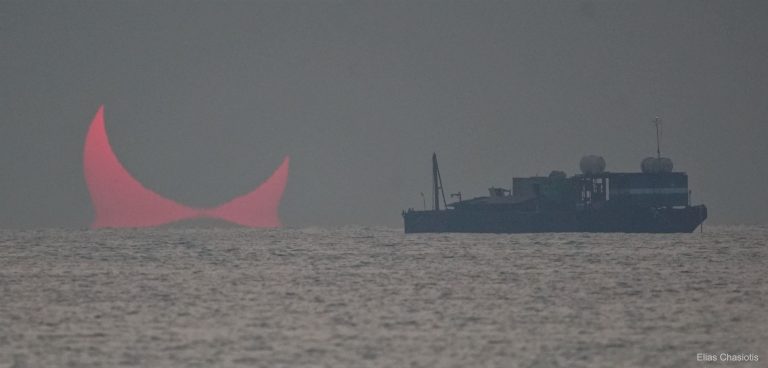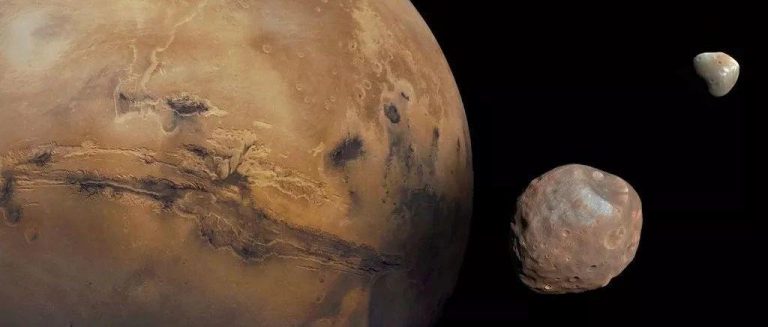扭曲的日出带食
2019 December 28 A Distorted Sunrise Eclipse Image Credit & Copyright: Elias Chasiotis Explanation: Yes, but have you ever seen a sunrise like this? Here, after initial cloudiness, the Sun appeared to rise in two pieces and during partial eclipse, causing the photographer to describe it as the most stunning sunrise of his life. The dark circle near the top of the atmospherically-reddened Sun is the Moon — but so is the dark peak just below it. This is because along the way, the Earth’s atmosphere had an inversion layer of unusually warm air which acted like a gigantic lens and created a second image. For a normal sunrise or sunset, this rare phenomenon of atmospheric optics is known as the Etrucan vase effect. The…




